10 features of a Philippine farm of the future
FARMER'S FRIEND. This solar-powered water monitoring and control system sends a text message when water in the rice field becomes critically low. All photos by Pia Ranada/Rappler
NUEVA ECIJA, Philippines – If Philippine farms were optimized to increase the income of rice farmers and improve productivity using new technology, how would they look like?
In a 5-hectare plot of land in Maligaya village, Nueva Ecija, such a farm exists.
The Philippine Rice Research Institute (PhilRice), through its FutureRice program, is close to completing its working vision of Philippine farms of the future – farms that are automated, connected to apps, save on water, harness green energy, and make use of natural fertilizers and pesticides.
FutureRice program director Roger Barroga said the demo farms aim to prepare farmers for two possible future scenarios: high-tech, mechanized farming to make Philippine rice competitive in the world market, and natural farming for a world where fuel has become scarce and expensive.
The "futuristic" farm also hopes to entice younger Filipinos to get into agriculture by showing them how the age-old practice of farming makes use of innovative technologies.
Since its opening, the FutureRice farm has been visited by thousands of Filipino farmers.
"We just completed one field day. There were about 2,000 farmers from all over the Philippines who came here. There's a big opportunity for farmers to come here and learn about these technologies," said Barroga.
So what's in a Philippine farm of the future? Barroga toured Rappler around the demo farm and explained each feature.
1. Multiple crops
"The irony is, rice farmers still buy their vegetables from the market," said Barroga.
In FutureRice, vegetables are planted alongside rice, providing an alternative source of income or more food for the farmer's family.
Kangkong, sili, tomatoes, and eggplant grow from raised beds in a corner of the rice field. The raised beds are covered in plastic or dried rice straw to keep moisture in the soil and prevent weeds from growing. They also serve as irrigation canals for the veggies.
Aside from dedicated vegetable plots, farmers can choose to plant mung beans during the two months between the rice-growing periods. Usually, rice fields are left idle these two months. But planting mung beans that take only 30 days to grow ensures the land is still productive.
Mung beans, like most leguminous crops, are also nitrogen-fixing, making them the perfect way to pack the soil with nutrients right before the next rice-growing season.
Intercropping rice with vegetables is also a pest-management strategy because the vegetable plots act as "breakers" to contain pests infesting rice plants.
2. Water harvesting
With a dry spell affecting several provinces and climate change afoot, water scarcity is a reality many farmers are now facing.
That's why it's not enough to depend only on irrigation canals bringing water from dams to your farm. FutureRice recommends digging ponds where farmers can store excess water in preparation for particularly dry days.
In the FutureRice farm, just enough water from the government irrigation canals are collected in the ponds. On days when the canals are dry, this water is circulated around the farm.
The pond at FutureRice is also equipped with kayaks and small boats, doubling as an agritourism feature.
3. Renewable energy
SOLAR LIGHT. Solar-powered street lamps stand on the edge of rice paddies and beside a hut used by farmers
Nothing goes to waste in farms of the future. Rice hulls, usually thrown out by farmers, can be converted into energy used to power farming equipment.
A mobile gasifier system being developed by FutureRice uses this biomass-sourced energy to power water pumps to improve irrigation. It can also be used to drive rice mills.
If used alternately with the usual petrol fuels, this system can save the farmer 37% to 44% in fuel cost for irrigation.
The FutureRice farm also boasts of solar-powered lamps and bathrooms.
4. High-tech sensing equipment
One day, it may be normal for farmers to get a text message saying the water level in their rice paddies has reached a critically low level.
With the same cellular phone, farmers can command water pipes to release more water into their thirsty rice fields.
In FutureRice, such a device is already working. A Field Water Monitoring System uses a ground sensor to detect water levels. The device can even be programmed to automatically activate water pumps when it detects a certain water level.
5. Own weather station
A Field Weather Monitoring Station detects wind direction, air pressure, rainfall, temperature, humidity, and moisture in the Future Rice farm. All this information is sent to a government central server every 30 minutes and eventually appears on a website accessible to all.
The data allows the farmer to make more precise decisions regarding their crops, said Barroga.
"If you notice the yield was low, you can look at the data and discover that for two months there was high wind velocity or low rainfall, both of which can stress rice plants and affect their yield," he explained.
6. Connected to apps
The dream is for farmers to be able to see every aspect of their farms on a tablet or smartphone, said Barroga.
Today, there are already apps customized to the needs of farmers. Rice Crop Manager, a web and mobile-based app developed by the International Rice Research Institute and PhilRice, presents farmers with a set of questions about their farm.
When all the answers are inputed, the app will generate recommendations on how the farmer can improve his yield. For example, it will tell him when to apply fertilizer, how much, and how often.
As of 2014, some 200,000 farmers have received recommendations from the app, Barroga said. His group aims to introduce the technology to 500,000 farmers this July.
Rice Crop Manager can be downloaded from Google Play as "RCM PH."
7. Farming machines
Farming equipment can significantly save time, money, and labor. For instance, a mechanical rice transplanter (machine used to transfer rice seedlings onto a rice paddy) can easily finish one hectare in one hour. Without a transplanter, the same job would take an entire day and would require 8 to 10 laborers.
A single combine harvester can accomplish 3 tasks: reaping, threshing, and winnowing. When let loose on one square kilometer, it can do all this in 20 to 30 minutes.
8. Right rice varieties
You can find all kinds of rice in the Future Rice farm: aromatic, traditional, hybrids. There are rice types that can withstand climate change, such as rice that can survive droughts or flood waters.
The smart farmer will know the right rice variety for them, whether their goal is to sell great-tasting rice or to grow rice despite extreme climatic conditions.
9. Makes the most of extreme conditions
Flood-prone farm? No problem.
FutureRice demonstrates how farmers can plant vegetables on floating gardens made out of a bamboo raft and plastic bottles. This technique is also ideal for farming communities that live near marshes or rivers.
10. Natural pesticide and fertilizer
The marigolds and pink blooms on the edge of the rice fields are not just decoration. They are part of an all-natural pest management system used by Future Rice.
Certain flowers, said Barroga, act as a refuge for friendly insects – insects that eat the pests which ruin crops. By keeping such flowers near rice fields, farmers can ensure the presence of these helpful insects.
Another strategy? Let ducks loose in your farm. The ducks trample on the weeds and eat pests like snails, stem-borers, and leaf-feeders.
RELEASE THE DUCKS. Young ducks swim around the rice plants and eat pests like snails and their eggs. Photo courtesy of PhilRice
But make sure the age of the ducks matches the age of the rice plants, Barroga said. For example, only one-month old ducks should be released among one-month-old rice plants. This is because big ducks tend to trample on the younger, smaller rice plants.
The natural pesticides are so effective, according to Barroga, that his team has not had to spray chemical pesticides in the rice fields for 3 seasons.
Organic, farm-sourced waste like rice straw and carabao poop are turned into fertilizer through the action of microbacteria and earthworms – a process called vermicompost. – Rappler.com
To visit the FutureRice farm, you can send an email to TheFutureRiceProgram@gmail.com or check out their Facebook page.
Support Free and Fearless Journalism
3
MONTHS
:
24
DAYS
:
19
HOURS
:
10
MINS
P1,175,272
P5,000,000
24% OF GOAL
'AlDub' rice paddy art hopes to attract millennials to farming
PADDY ART. Popular celebrity love team Alden Richards and Maine Mendoza are seen in this rice paddy art, which aims to entice young Filipinos to go into farming. Photo courtesy of PhilRice
MANILA, Philippines – The Philippines' lead agency on rice research is trying a new approach to attract young Filipinos to venture into rice farming: featuring the faces of popular celebrity loveteam Alden Richards and Maine Mendoza – better known as 'AlDub' – on rice paddies.
The Philippine Rice Research Institute (PhilRice) created its rice paddy art using purple rice, a traditional variety, and NSIC Rc360, an inbred variety.
To create the design, the institute's FutureRice program used the anamorphosis principle, a technique used in 3D art where a picture looks distorted but appears normal when viewed from a certain angle.
“We used ‘AlDub’ as our design specimen for the paddy art and through Photoshop, we were able to incorporate the design in the dimension of the field,” said Nehemiah Caballong, FutureRice’s information and communications technology specialist.
“We adjusted the image to the vantage point of the viewing area. Then, we processed it into grids to determine where to plant the rice varieties on a certain coordinate in the field,” he added.
Featuring the faces of the AlDub pop culture phenomenon is just one of PhilRice's strategies to entice millennials to go into agriculture, according to FutureRice program leader Roger Barroga.
According to a PhilRice study, the average age of Filipino farmers is 58. Agriculture Secretary Proceso Alcala had earlier said that he wanted to make farming "sexy" again to young Filipinos to sustain the country's food security.
“This is one of our strategies to make the youth of today be more informed about the current situation of rice farming in the country. There are many opportunities that await them in agriculture,” Barroga said.
The rice paddy art also aims to drum up interest in the 5-hectare FutureRice farm, which features clean energy facilities, drone technology and advanced farm machines, as well as an experimental field using hybrid, inbred, and traditional rice varieties.
Creative strategy
The rice paddy art was launched on March 3, and since then, netizens have taken to social media to praise the creativity behind the new initiative.
Netizen Rui Dx said on Facebook, “This is now part of my bucket list – to plant rice! This project is exceptional. You just encouraged people like me to be more involved in rice planting."
Another netizen, Kevin Delgado, wrote, "This is a good and creative project. I never knew planting rice can be that fun."
23-year-old PhilRice researcher Xarin Sto Domingo also expressed hope that the rice paddy art will convince millennials that farming can be "cool and exciting."
"I work in agriculture and I hope that more people from the youth sector will work for the Filipino farmers,” Sto Domingo said.
To complement this effort, PhilRice is also mobilizing young people to spread information about its programs in rice-farming communities through its Infomediary Campaign.
It is also offering a training program to update fresh graduates in agriculture on the latest technologies on rice production.
The AlDub-inspired rice paddy art will be available for viewing until harvest day on April 3. – Rappler.com
Farmers barricading rice fields in Semirara arrested

CLEARING OPERATION. Farmers and other Poocan locals form a human barricade in front of a bulldozer dispatched by Caluya Mayor Genevieve Lim-Reyes and Semirara Mining Corp. Photo from Theo Mateo
MANILA, Philippines – Two farmer leaders and one member of a non-governmental organization were arrested on Friday, February 28, while forming a barricade to stop a bulldozer from clearing rice fields in Sitio Poocan on Semirara Island, Antique province.
Farmer leaders Mark Kato and Bernard Magdaug, as well as Theo Mateo, a member of Pakisama (Pambansang Kilusan ng mga Samahang Magsasaka) were arrested for illegal assembly that afternoon, confirmed Mayor Genevieve Lim-Reyes.
The barricade was formed by farmers since Thursday, when a bulldozer dispatched by the DMCI-owned Semirara Mining Corporation (SMC) attempted to clear 5 hectares of rice fields. According to the mayor, the rice fields are to be turned into a relocation site with housing for around 100 families from Sabang, a nearby village.
"It was purchased by the local government of Caluya mainly for its inhabitants in the said area who have no houses to shelter their families in or who would want to transfer their residences," Lim-Reyes told Rappler in an email.
She added that SMC's involvement in the operation was only upon the request of the town because SMC had the necessary heavy equipment to get the job done.
However, an SMC assistant administrator called the relocation site a "joint project" with the town and part of the corporate social responsibility program of the company.
According to Mateo, personnel of the local government unit (LGU) surveyed the 5 hectares of rice fields to be cleared last January 23 and already installed a mohon or marker.
Hours before the arrest, an official from the Department of Agriculture visited the site to assess the rice fields in order to create a compensation offer for the farmers.
Sabang land
The 100 families to be relocated from Sabang currently live on 3 hectares of land that locals suspect SMC and the LGU want to turn into a waste facility for the company's coal-fired power plant. Called a waste tailings pond, it stores and filters waste from coal combustion. An ill-maintained tailings pond could cause the waste to spill into the sea.
Lim-Reyes denied that the Sabang land would be turned into a tailings pond but did not say what the land would be used for.
SMC, owned by DMCI, was able to extend their contract to mine coal on the island until 2027. The first contract ended in July 2012. (READ: Court blocks Palawan DMCI coal plant)
Locals vehemently opposed the expansion of SMC's contract. Last October 22, around 400 locals rallied simultaneously in front of the Semirara village hall and Caluya municipal hall to say no to the mining expansion.
They fear that the continued mining and combustion of coal will endanger the marine and land ecosystems which most locals depend on for their livelihood. Around 30% of the population are seaweed farmers whose crops are particularly vulnerable to spills or contamination that could occur if the mine's facilities fail.
SMC is the biggest producer of coal in the country and operates the only open-pit coal mine in the Philippines, according to their website. Around 90% of all the coal being produced in the country comes from the mine. – Rappler.com
https://www.rappler.com/nation/91746-philippine-future-farm-philrice







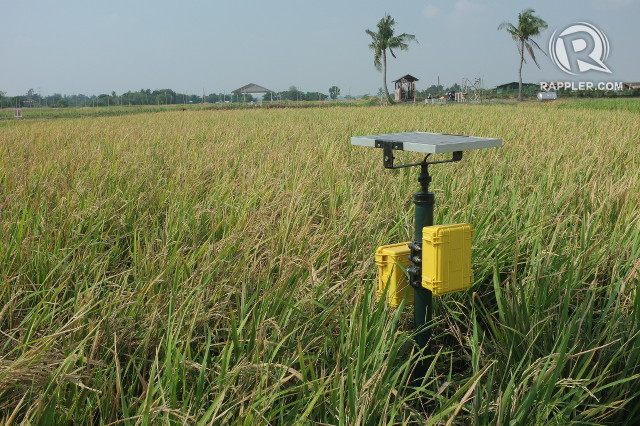
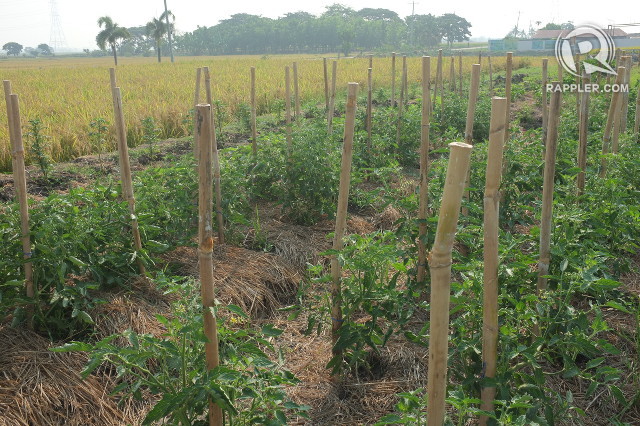
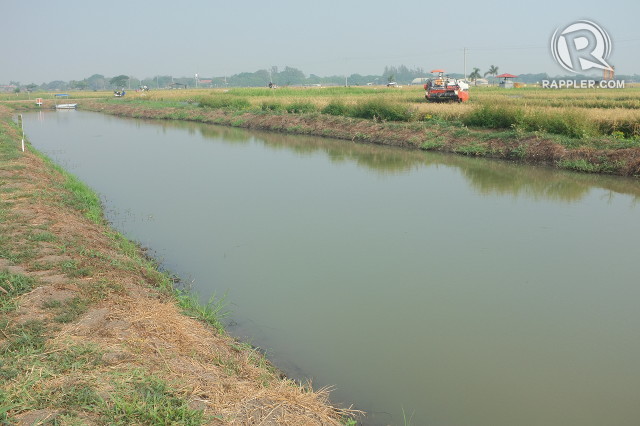
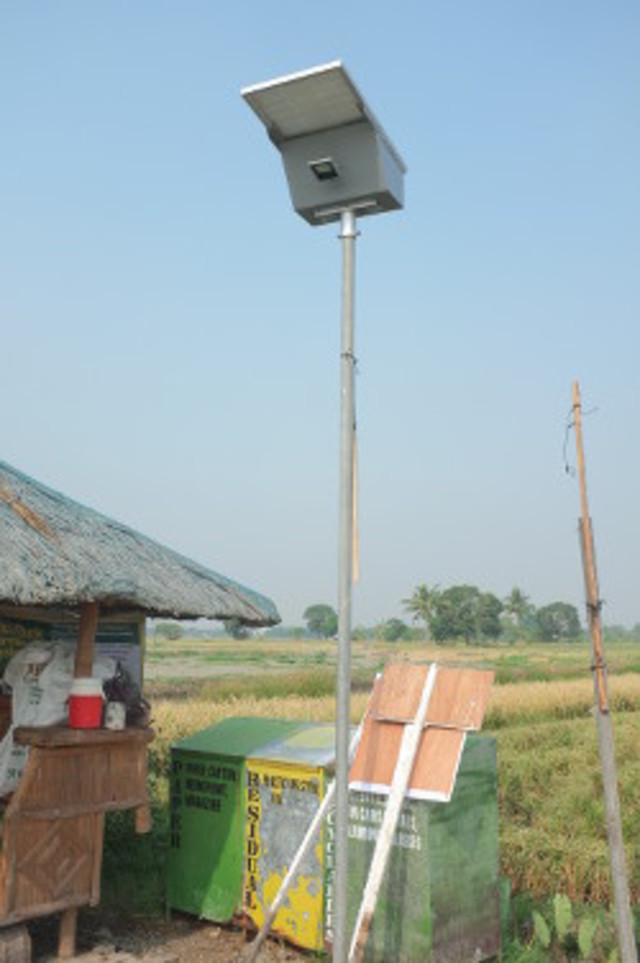

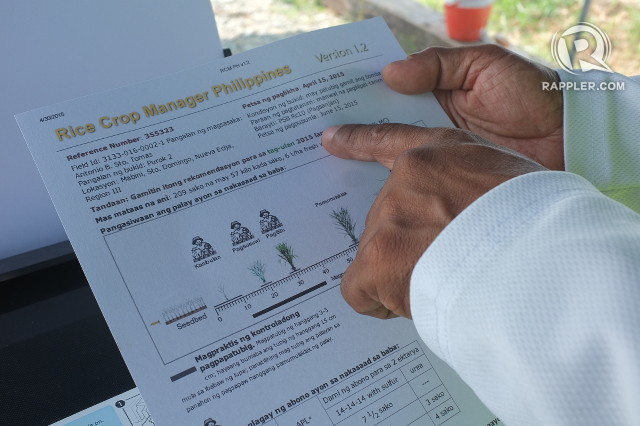
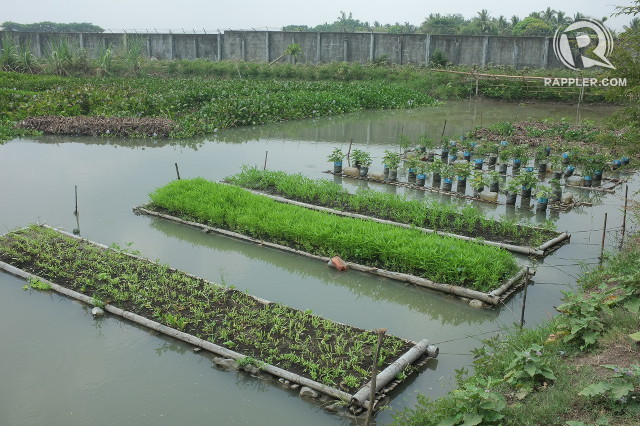
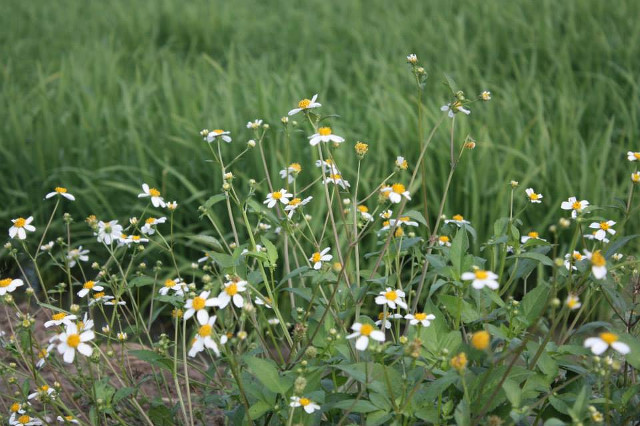
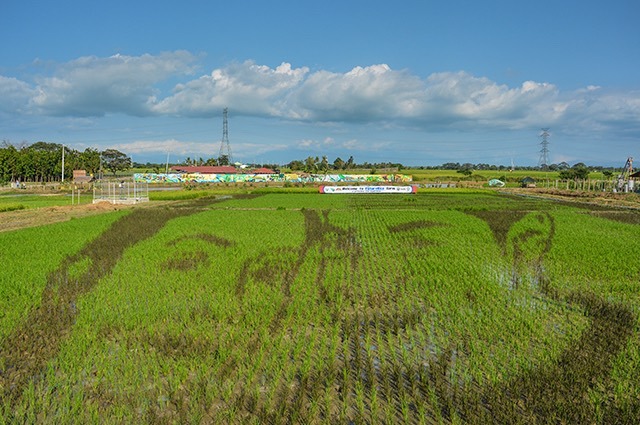
No comments:
Post a Comment